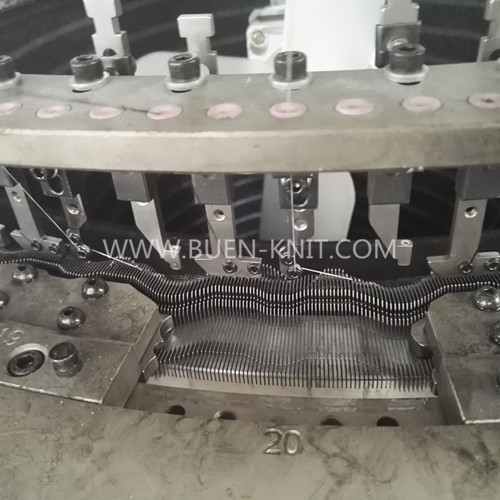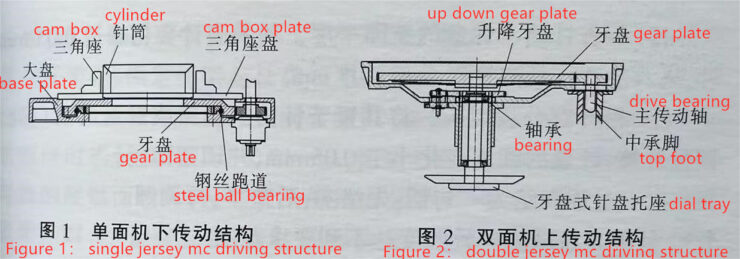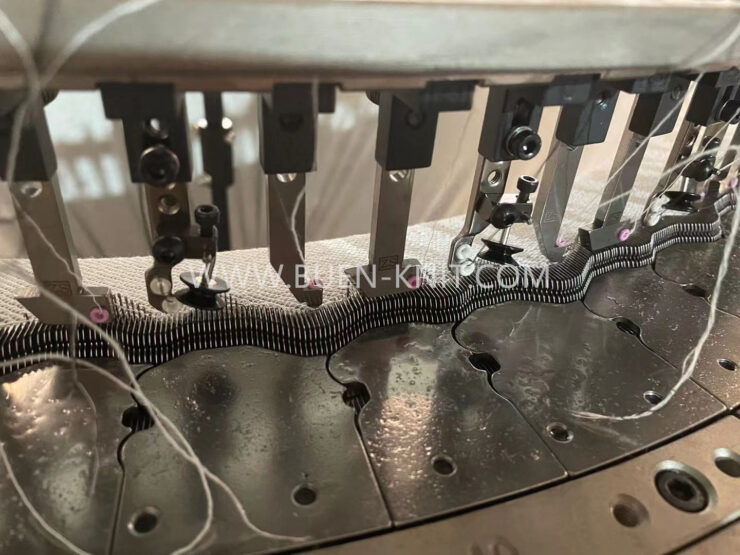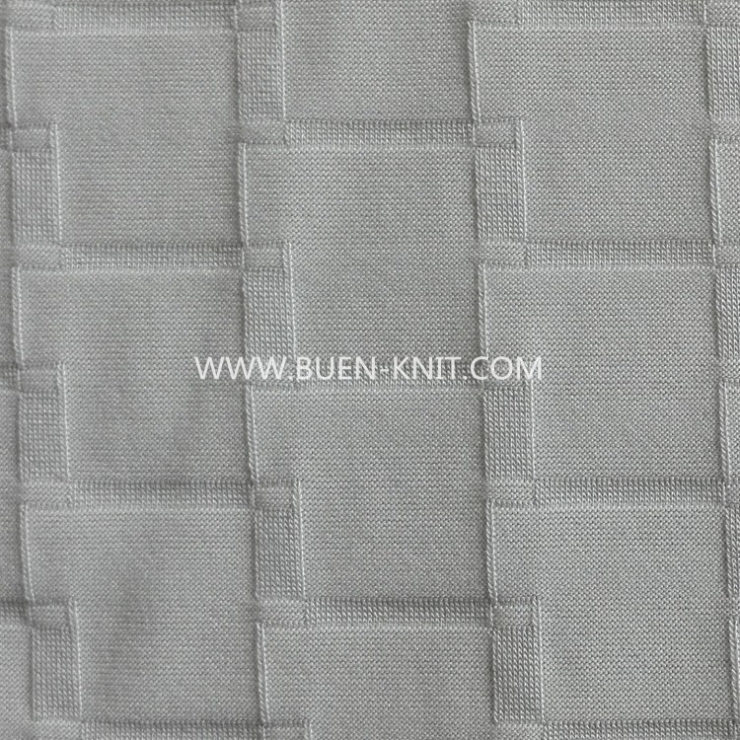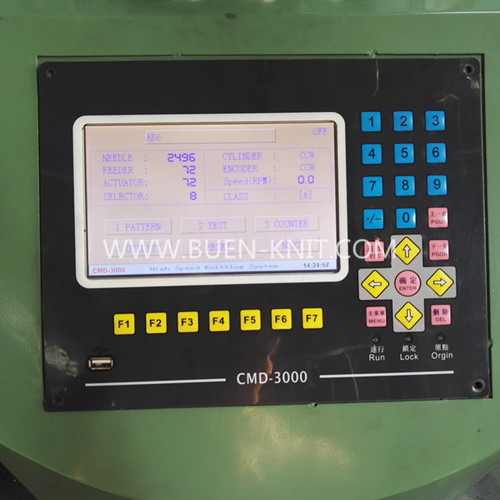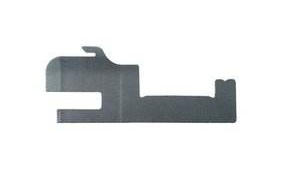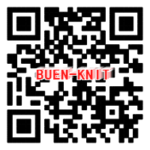The preferred method today for making three thread fleece fabric is to use a top needle butt and cam-track for knitting the ground(face) and tie-in (binding) yarns, and four tracks and corresponding buts positions(which can be arranged) for the fleece tucking sequence. Below are the steps for production of a three thread fleece circular knitting machines.
- Selected needles of the three thread fleece circular knitting machines are rasied to tuck height to receive the fleece yarn. The sinkers then move forward so that the top throuat controls the fleece tuck whilst the lower throat controls the previous course.
- All needles are raised to clear the previous course and receive the tie-in yarn.
- The needles descend to the normal ” tucking-on-the-latch” position so that the previous course remains on the outside of the closed latch. The fleece tuck, which is higher on the closed latch, slips off the needles head. As the fleece tuck rests on the upper sinker belly, with the sinker withdrawing, the tie-in yarn(inside the closed hook) is drawn downwards through it.
- The upper sinker throad of three thread fleece circular knitting machines holds the tie-in loop on the open latch whilst all needles rise to receive the ground yarn
- The needles again descend to the ” tucking-on-the-latch” position, to form loops from the tie-in yarn over the sinker crowns.
- The sinkers of three thread fleece circular knitting machines finally withdraw and, as the needles descend, the new plated course slips onto their lower sinker bellies and the old course is knocked-over. very carefully adjusted cam settings encourage the ground yarn to plate on the technical face(the underside)of the structures.

